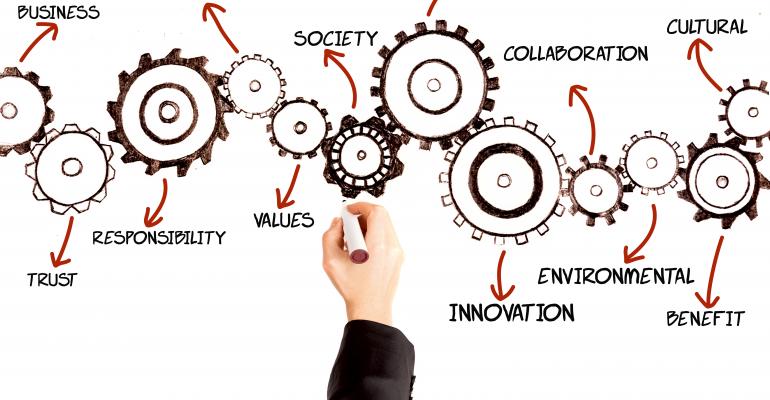Corporate and association meetings often leave a positive impact across a destination that goes beyond simple financial benefit. But while most organizations do understand the impact of their events’ social-responsibility initiatives, there is another legacy component that’s often overlooked: event content.
Specifically, the information and analysis delivered at an event can help bring progress within some sector of the host destination, while at the same time produce long-term recognition for the host organization. The results can be especially fruitful when at least some of an event’s content is developed in coordination with local universities, associations, businesses, labor unions, or other entities.
A multi-year study by the University of Technology Sydney in Australia in conjunction with the Joint Meetings Industry Council found that educational content delivered in a destination “has value that directly drives economic development, creativity, and innovation [there]. Our research also shows these benefits have a multiplying effect.”
If a meeting host hopes to build a lasting legacy in a meeting destination, it can bring about a strong brand reputation across a city or region even if the group doesn’t return for several years. Remember that a destination also wants to promote a conference’s achievements that have local impact, as do the members of the host organization’s industry who live in that destination. Therefore, they all should be brought in as full partners at the start of creating a legacy-building plan for a particular meeting.
Here are six rules for legacy-building from the report’s researchers.
Legacy objectives need to be intentionally set. Many conferences will produce legacies regardless of whether or not they have been planned. However, the failure to set measurable objectives can mean lost opportunities for making the strongest impact.
Sharpen the legacy-design process around problems, issues, and opportunities. Identifying key industry and/or community issues and opportunities is important for uniting stakeholders behind legacy initiatives.
Involve all potential stakeholders in setting legacy agendas. Stakeholders may include local government, leading researchers within the destination, convention bureaus, and meeting venues in addition to specific groups in the region that stand to benefit.a
Execute the legacy plans. With objectives set, plan for ensuring that the legacies are realized. Also, establishing specific ways to measure or otherwise evaluate your legacy outcomes is essential.
Different outcomes call for different methods of evaluation. Methods of data collection and analysis are set out in the appendix of the report. Partnering with a research specialist from a university or consultancy is also a sound idea.
Communicate legacy outcomes widely, and encourage stakeholders to do so. It is important that all stakeholders understand the full value of the business event. Legacy outcomes should be included in every business-event study or evaluative report ,and then communicated to governments, communities, industries, and universities, as well as event organizers and individual delegates plus any stakeholders that have invested in the business event. For the continued strength of that event going forward, they all need to hear about the outcomes.





